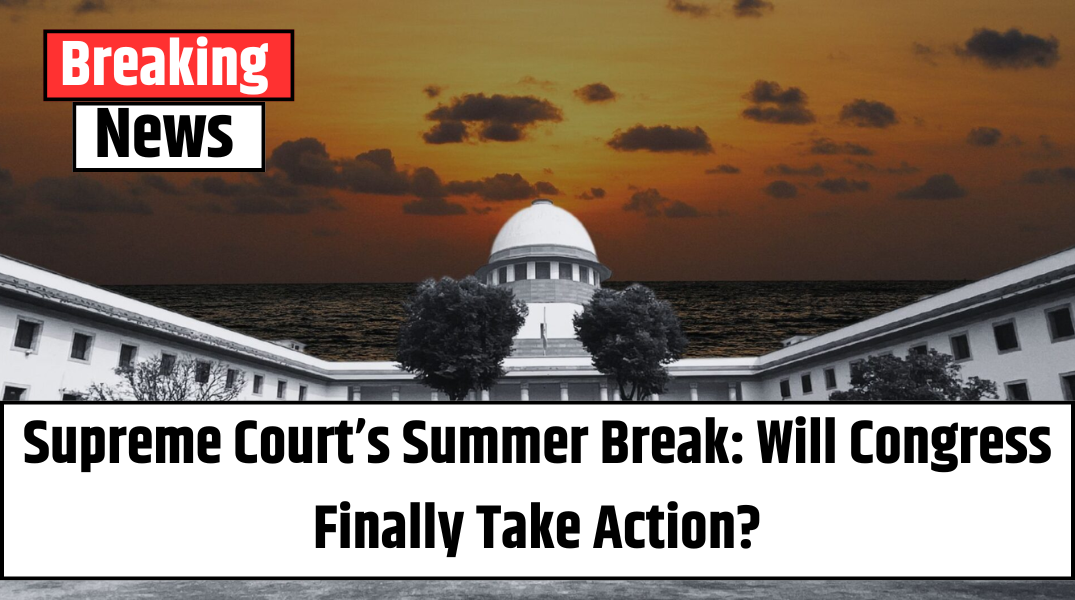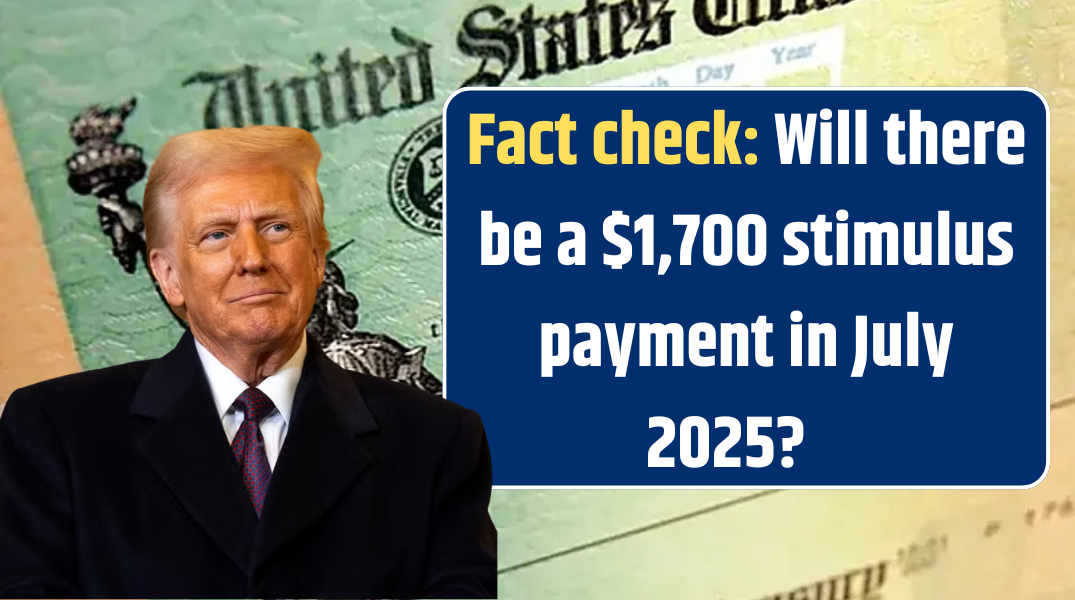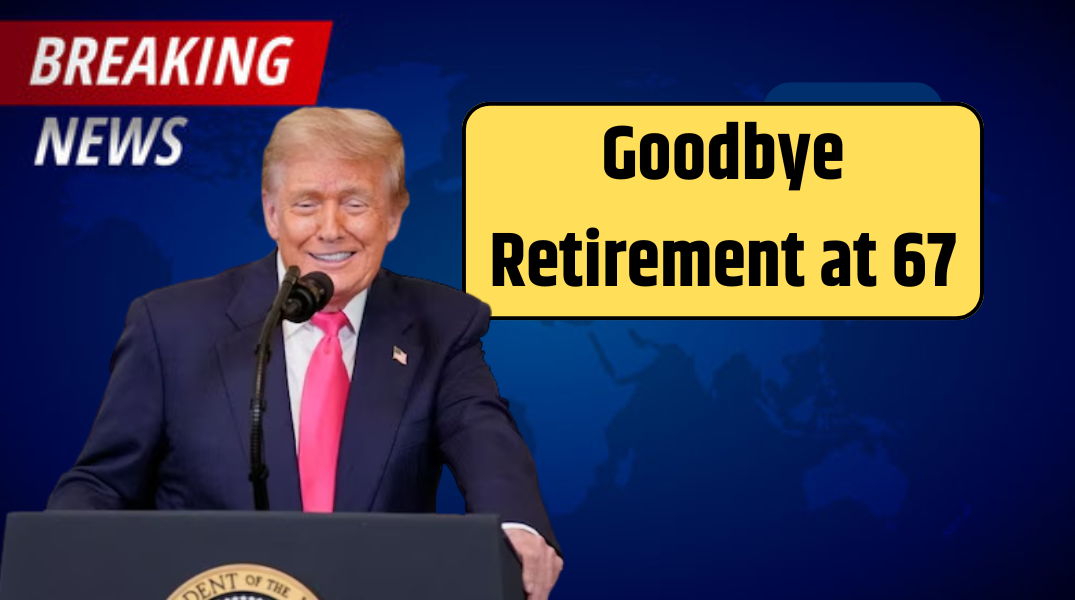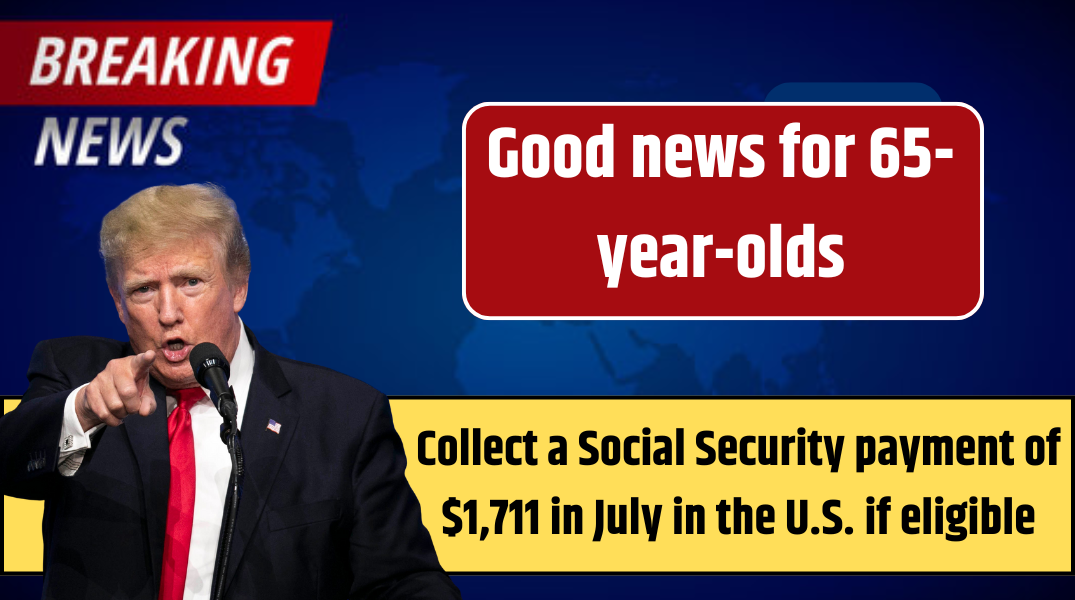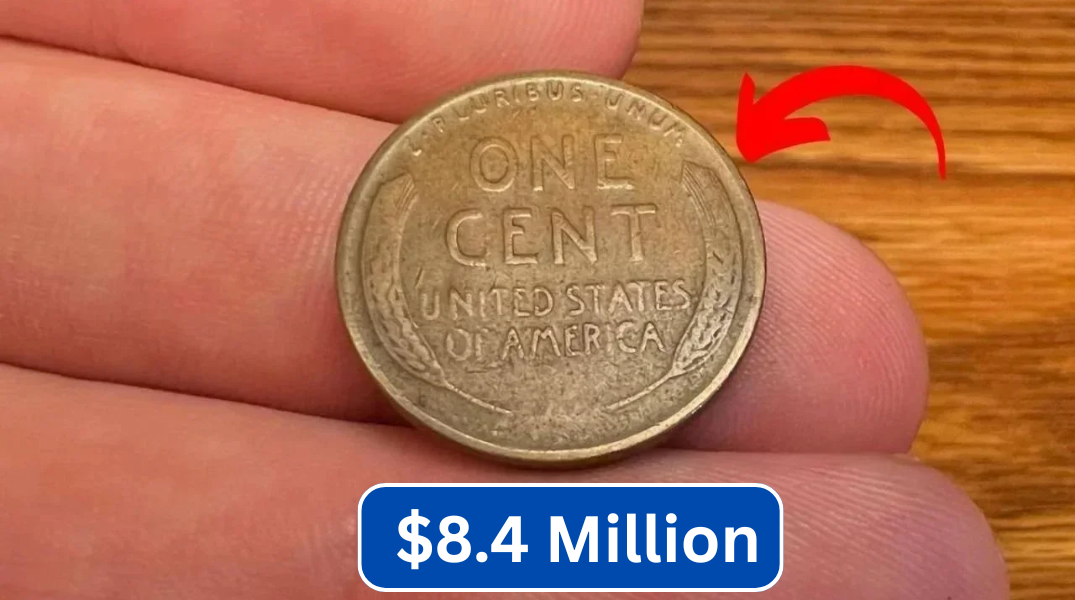Though the U.S. Supreme Court has officially closed out its most recent term, the consequences of its final rulings are only just beginning to ripple through the nation’s political and legal systems. Among the most consequential of those rulings is the June 27 decision to strike down the use of universal injunctions—a judicial tool frequently used to block nationwide enforcement of executive actions.
This controversial shift came as the Court’s conservative majority, led in part by Justice Amy Coney Barrett, ruled that federal courts overstepped their authority when issuing blanket injunctions that apply beyond the scope of the actual plaintiffs in a case. The ruling marks a fundamental change in how executive actions are challenged in court and has sparked both praise and alarm.
Universal Injunctions: A Contested Tool
Universal—or nationwide—injunctions have long been a flashpoint in debates over the limits of judicial power. They allow a single judge, often at the district level, to halt the enforcement of a federal policy across the entire country. Critics argue that this grants unelected judges outsized influence over national governance, while supporters contend that the mechanism is vital to halting potentially unconstitutional or harmful executive actions.
In recent years, these injunctions became a common legal strategy to rapidly block executive orders, particularly during the Trump and Biden administrations. Actions ranging from immigration rules to public health mandates were routinely paused pending further legal review.
Barrett vs. Jackson: Judicial Philosophy Clashes
Justice Barrett, writing for the majority, clashed sharply with dissenters like Justice Ketanji Brown Jackson, who emphasized the real-world implications of the ruling. Barrett focused strictly on the legal framework, arguing that federal courts lack the statutory authority to impose remedies that extend beyond the parties in the case. Her approach drew criticism from liberals who fear that limiting such tools effectively hands more unchecked power to the executive branch.
Also Read – Texas to Receive Billions in Reimbursement from U.S. for Border Operations
Still, while Barrett may have the legal upper hand in the strict interpretation of court powers, critics warn that this ruling strips away a key defense against executive overreach.
The Expanding Reach of the Executive Branch
The rise in executive orders over the past few presidencies—by both Republican and Democratic leaders—has underscored the growing dominance of the executive branch in policymaking. With Congress increasingly gridlocked and reluctant to legislate, presidents have relied more heavily on executive actions to advance their agendas. These actions, however, often test the boundaries of constitutional authority.
Universal injunctions have served as a counterbalance to this trend, providing immediate nationwide relief from controversial policies. Their removal may force courts to take a slower, more piecemeal approach to challenging such directives, even if they are legally dubious.
What Comes Next?
With universal injunctions off the table, those seeking to challenge executive actions will likely have to rely on more complex legal strategies, including class action lawsuits. These suits, while still effective, are typically more time-consuming and resource-intensive, potentially delaying justice for those harmed by unconstitutional policies.
Another possible path forward lies with Congress—though it remains uncertain whether lawmakers have the will to act. Legislators could theoretically pass new laws clarifying the scope of judicial authority and potentially reintroducing a form of nationwide relief. But given Congress’s longstanding pattern of inaction, particularly when it comes to reining in presidential power, that possibility seems remote.
A Shift in Balance, and Responsibility
Ultimately, the Supreme Court’s decision reasserts a stricter reading of judicial authority, shifting more responsibility to Congress to keep the executive in check. However, if lawmakers continue to defer to the president rather than assert their legislative power, this ruling could result in a long-term imbalance among the branches of government.
Critics argue that Congress has, over time, abdicated its constitutional duties in favor of political expediency. The end of universal injunctions could worsen this dynamic by allowing presidents to act more freely, knowing that the judicial system will take longer to respond.
Also Read – Storm Alert: High Wind and Thunderstorm Risk for Northeast States
Conclusion: A Legal Win, a Political Loss?
From a constitutional perspective, the Supreme Court arguably did its job—interpreting the boundaries of judicial power as written in law. However, the ruling also exposes the underlying weakness in America’s democratic framework: a dysfunctional Congress that increasingly relies on the courts and the presidency to govern in its stead.
Until lawmakers choose to reclaim their role in policymaking and oversight, Americans may find that more executive power—and more frustration—lies ahead.
